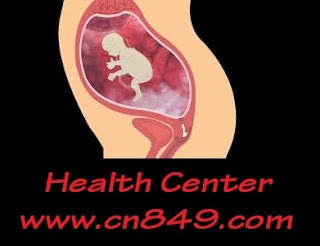Polyhydramnios And Oligohydramnios
Polyhydramnios
 |
| Polyhydramnios |
Polyhydramnios
Definition:
Is an excessive amount of amniotic fluid more than 2000 ml.
The exact cause is unknown, it is associated with:
- Maternal disease as DM, Renal disease.
- Multiple pregnancies.
- Fetal abnormalities that affect the swallowing mechanism.
- The condition leads to preterm delivery, malpresentation, and cord prolapse and abruptio placenta, thus increasing maternal mortality.
Clinical manifestations:
- Excessive uterine enlargement, fundal height increases out of proportion to gestational age.- Difficulty in breathing.
- Difficulty finding a comfortable sleeping position.
- Difficult to hear FHR and palpate fetus.
- Pain in the abdomen, back and thighs due to increasing pressure.
- Difficult ambulating.
- Varicosities.
- Nausea and vomiting.
Management:
- Hospitalization, if the mother is dyspneic or in pain.- Transabdominal or vaginal amniocentesis with aid of sonography and careful monitoring of vital signs. remove the fluid slowly to avoid abruptio placenta.
- Offer support by explaining procedures.
- Encourage the women to rest on the side in a semi-recumbent position to increase blood flow to uterus and fetus and to relieve symptoms.
- Watch carefully for signs of the abruption placenta, abnormal presentation and post-partum haemorrhage.
Oligohydramnios
 |
| Oligohydramnios |
Oligohydramnios
Definition:
Is a small amount of amniotic fluid less than 400 ml.It is associated with:
a- Fetal renal agenesis.b- Post maturity.
Clinical manifestations:
- Small uterine size.- Labour may be premature.
- Uterine contraction may be ineffectual and labour prolonged.
- Fetal hypoxia may occur because of cord compression.
Management:
- Monitor fetal status carefully during pregnancy and labour.- Monitor the woman for labour complications.
READ MORE:
Pneumonia
Pleurisy and Peural Effusion
Laryngitis And Laryngeal Cancer














